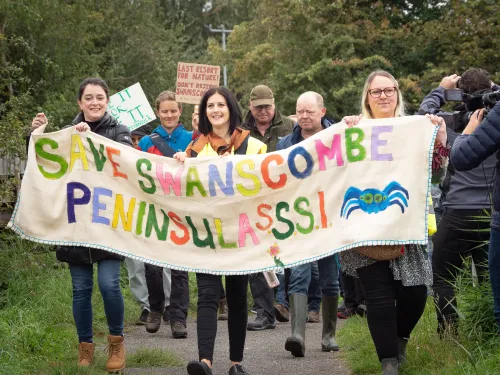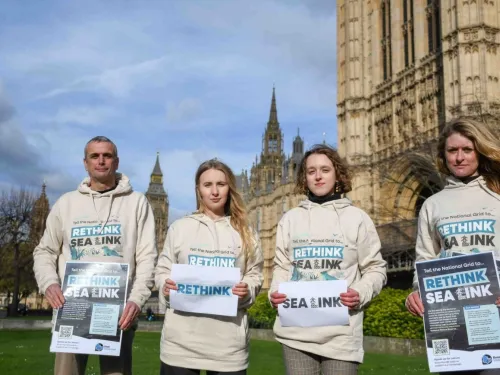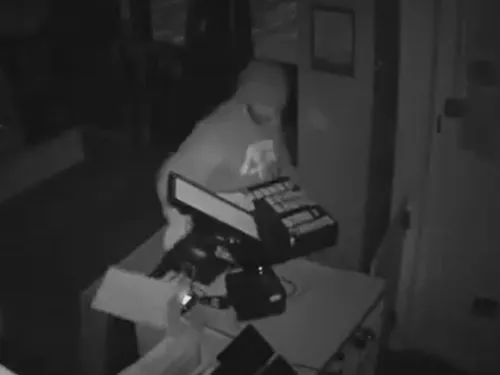
Conservation organisations celebrate the end to the London Resort project
Kent Wildlife Trust is delighted to confirm that the London Resort project, a proposed £2.5 billion theme park on the Swanscombe Peninsula, has officially been terminated.

Education Manager at Kent Wildlife Trust, Tom White said: “This is a huge blow, and highlights the disconnect with nature some people feel, which is also the very thing we are trying to address through forest school.
“We are now in the process of rebuilding this area, no child should miss out on these amazing experiences at the hands of a thoughtless minority, and we look forward to our next session.
“Sadly, this is not the first time we have experienced issues on this site, just a few months ago we were victims of burglary, and whilst we have invested in security, those in rural communities are unfortunately more likely to be victims of this kind of crime.
“If anyone would like to help us, they can volunteer or donate to our nature nightmares campaign.”
Despite the vandalism forest school activities are still running at Kent Wildlife Trust alongside a packed educational programme which incorporates Nature Tots, holiday clubs and birthday parties.
If anyone has any information that may help police, call their witness appeal line on 01622 604100 quoting crime reference number 46/98505/24.

Kent Wildlife Trust is delighted to confirm that the London Resort project, a proposed £2.5 billion theme park on the Swanscombe Peninsula, has officially been terminated.

Ofgem U-turn for Isle of Grain power project leaves conservationists asking National Grid to “Rethink Sea Link” and dump environmentally damaging plans for Pegwell Bay.

The moment over a thousand pounds worth of damage was done by heartless thieves who targeted a charity in Sevenoaks has been caught on camera.